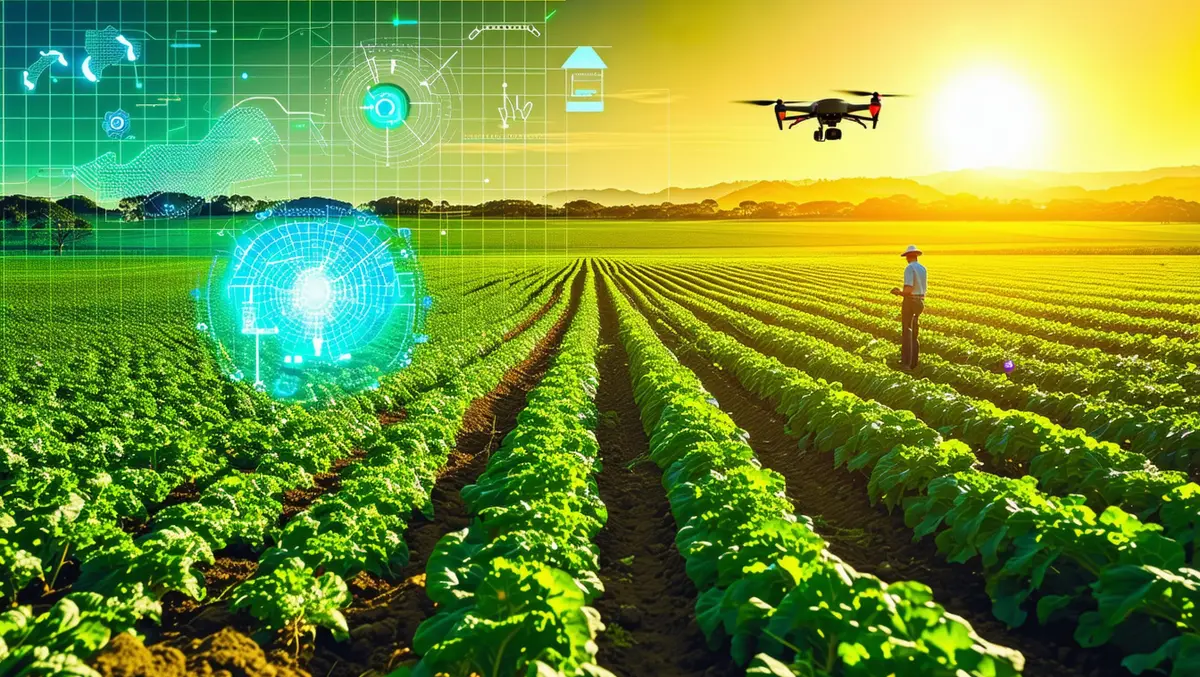
DAS launches geospatial crop insurance solution in Australia
DAS has launched a geospatial crop insurance solution aimed at addressing the substantial global crop protection gap.
The company unveiled its crop insurance solution in Australia amidst a context of rising climate change-related payouts and the continued search for better financial loss protection by growers. This solution is targeted at farm insurers, underwriters, brokers, agents, loss adjusters, and reinsurers, integrating machine learning, automapping, and geospatial data to enhance crop insurance policy accuracy.
"We devised it with the goal of preventing premium leakage, reducing mistakes in policy issuance, minimising fraud and speeding up claims," said DAS Founder and Chief Executive Officer Anthony Willmott. "It delivers dual benefits for insurers and the growers they protect by spatially locating insured paddocks and verifying their insurance status and details; then identifying crop type, estimated and actual yields to provide almost full visibility on the property insured."
The industry faces the issue of premium leakage, calculated as policyholders paying less than the risk present, resulting in potential revenue losses for insurers and underinsurance risks for growers. Statistics indicate a USD $113 billion crop protection gap globally, with 60% of insurable crops not covered by insurance in 2022. In Australia, 21% of farm businesses are involved in cropping.
Willmott noted, "Under-insurance is a thorny issue in Australia's agricultural insurance sector. One of the largest concerns is that insurers' willingness or reluctance to invest in the agricultural insurance market will increase as climate change continues to impact the cost of crop insurance. Meanwhile, cost has also been continually cited by producers as the biggest deterrent for broader uptake of crop insurance.
"So this solution is a win-win for both insurers who want to decrease loss ratios and costs that lead to higher premiums, and producers who want competitive rates for insuring their land."
This solution can support both traditional farm pack cover and standalone crop insurance cover, thus increasing insurance availability and affordability for farmers. It allows underwriters to manage agricultural business risks tied to crop production. Additionally, it can complement DAS' other geospatial solutions that help insurers visualise insured densities by location, postcode, or region.
The solution builds on DAS' ongoing efforts in assisting insurance partners such as IAG, Guidewire, and Insurance Facilitators in assessing agricultural assets with high precision. "Stronger climate events have only served to disincentivise the insurance industry from driving innovation in this sector," Willmott remarked.
"Our goal is to use data and geospatial tools to support nuanced products for specific insurance segments, helping the overall global scalability of this form of rural insurance."
He added, "Australia is our first market for this solution with plans to scale it globally. Other markets operate more nuanced insurance solutions due to increased government participation in their schemes. This makes this country an ideal test case for how we can use geospatial data to organically enhance the viability of crop insurance and test whether technology can side-step the need for it to be subsidised. DAS' solution is the only rural-specific location intelligence suite in the Australian and New Zealand market."
DAS has been providing data solutions for the grain lifecycle for over five years, remaining the only rural-specific location intelligence provider globally, specialising in agri-insurance. Its solutions aim to mitigate under-insurance risks, prevent claims leakage and coverage cherry-picking, and improve underwriting outcomes, among other benefits.
The data, underpinned by advances in satellite technology, has proved effective in informing policy agendas on risk mitigation, food security, and trade. DAS' models incorporate over 109,000 ground truth locations, leveraging more than 13,000 locations expected from 2024.


